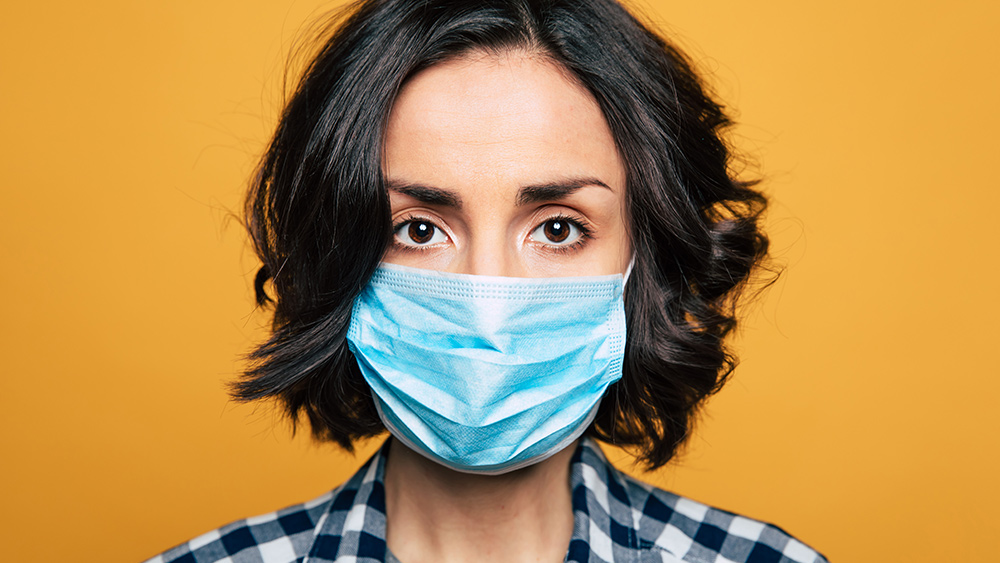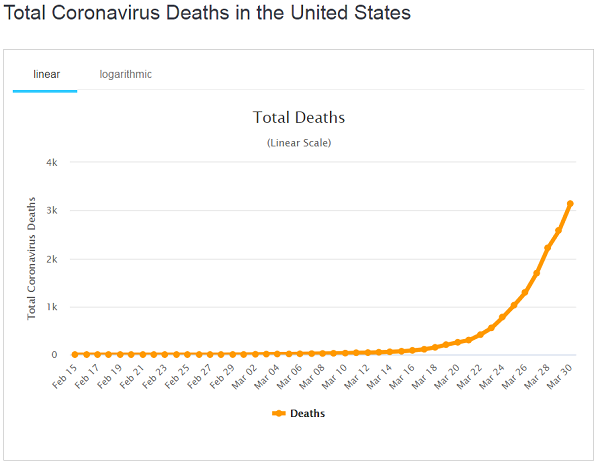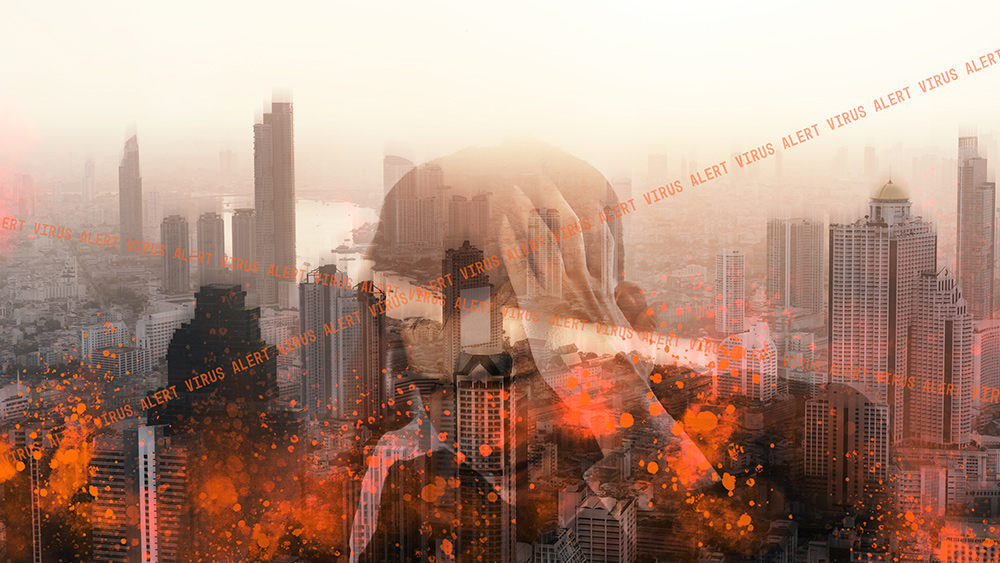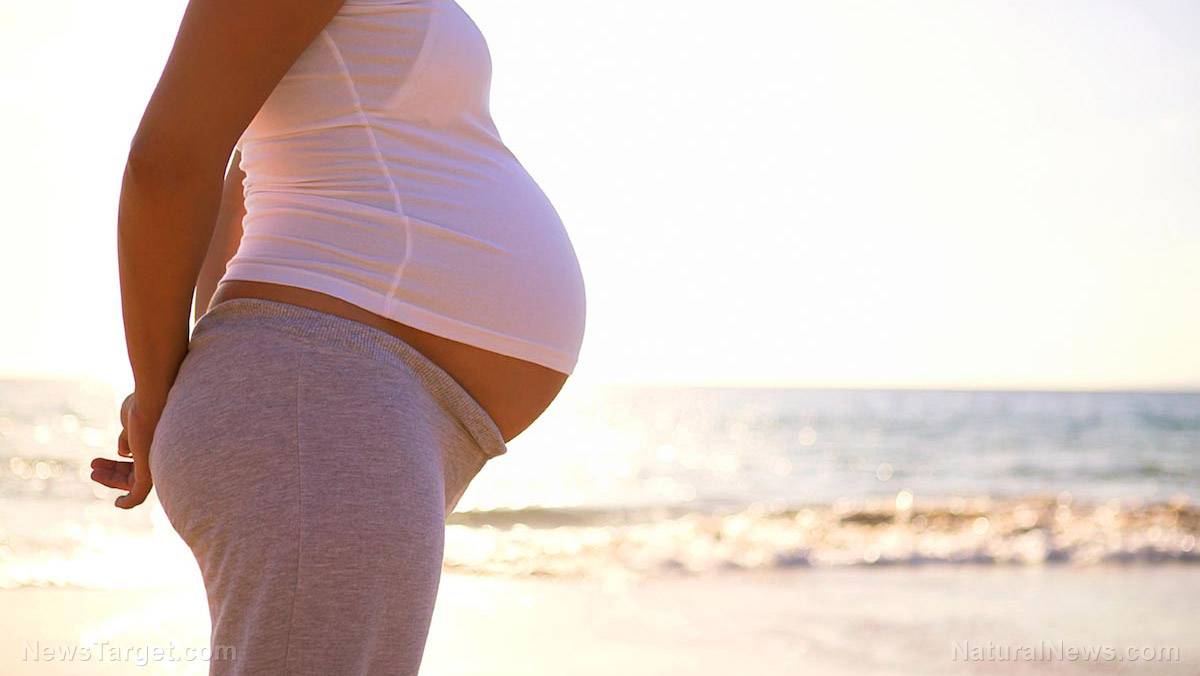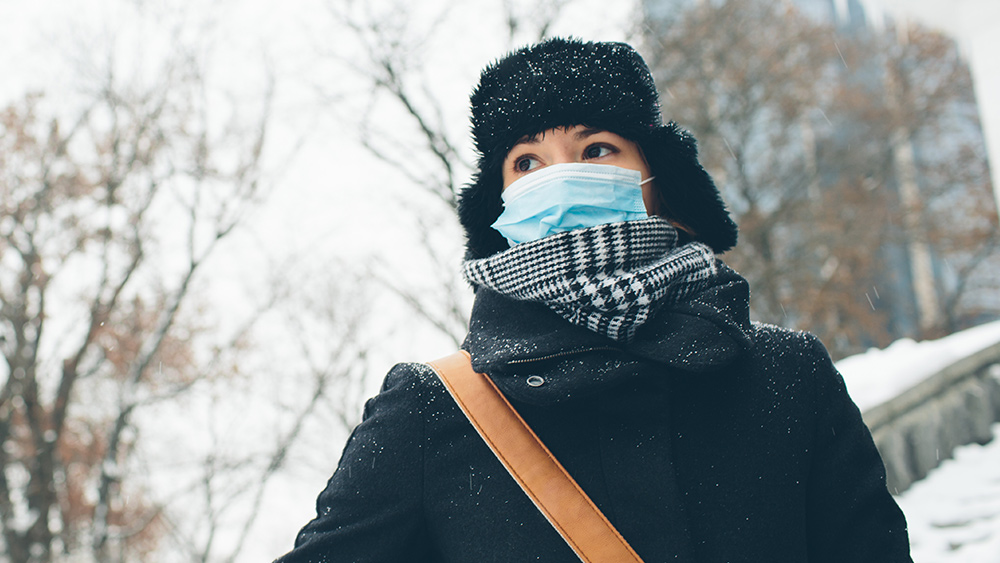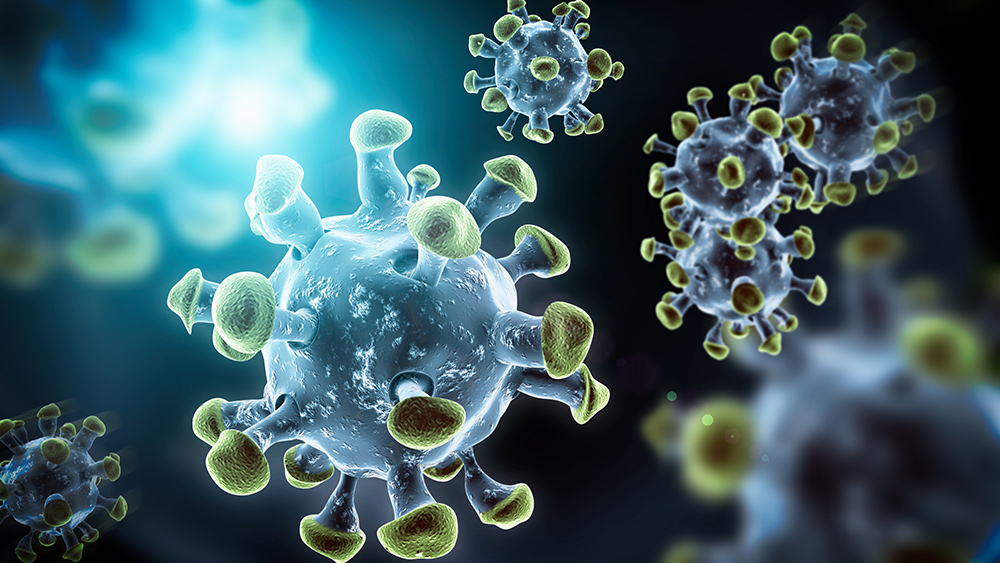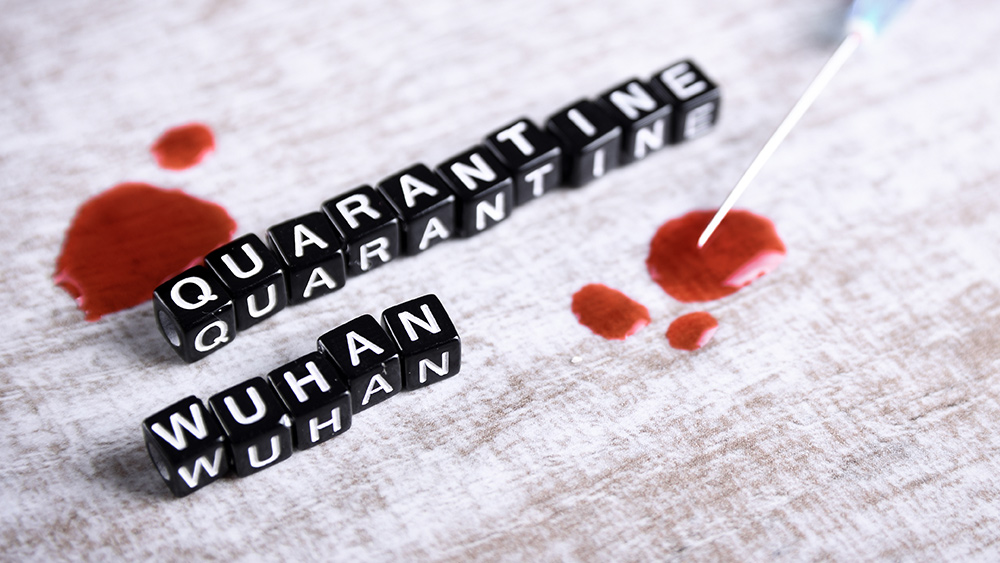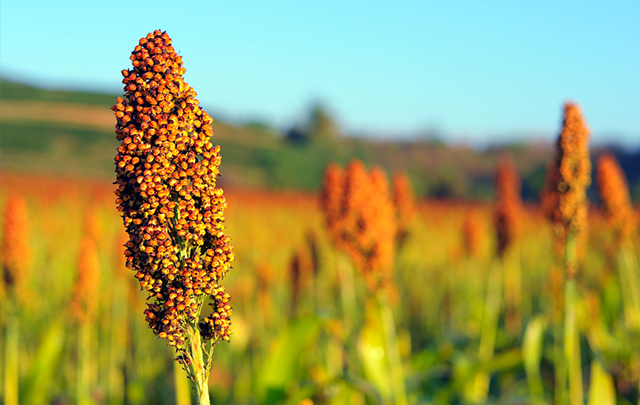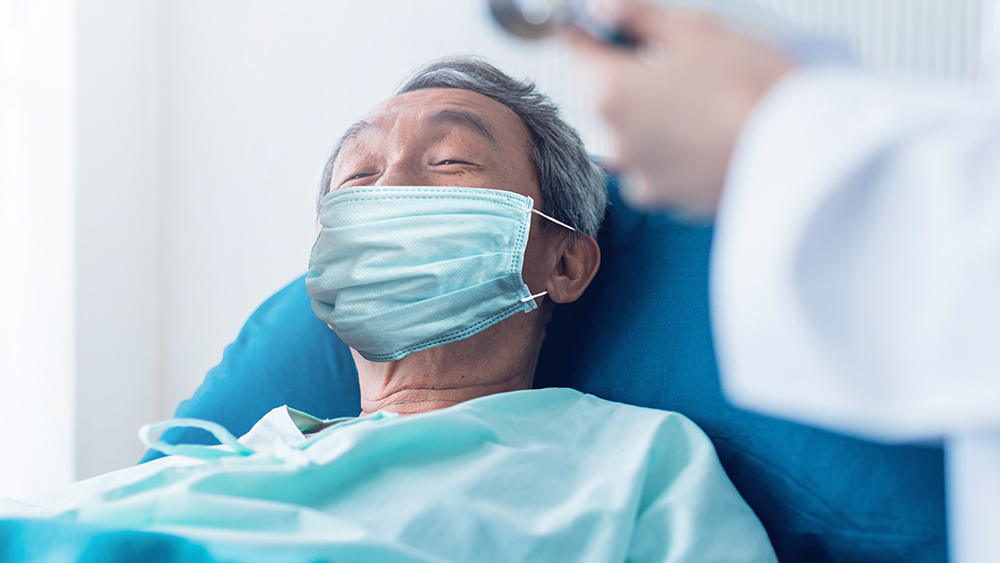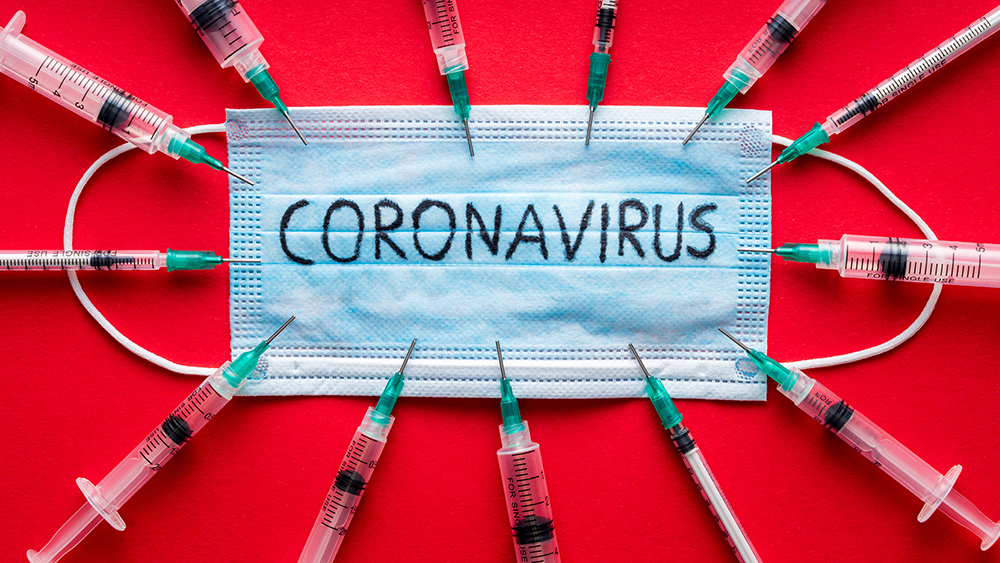A warning to the world? New York now scrambling to address Coronavirus outbreak
04/03/2020 / By Michael Alexander
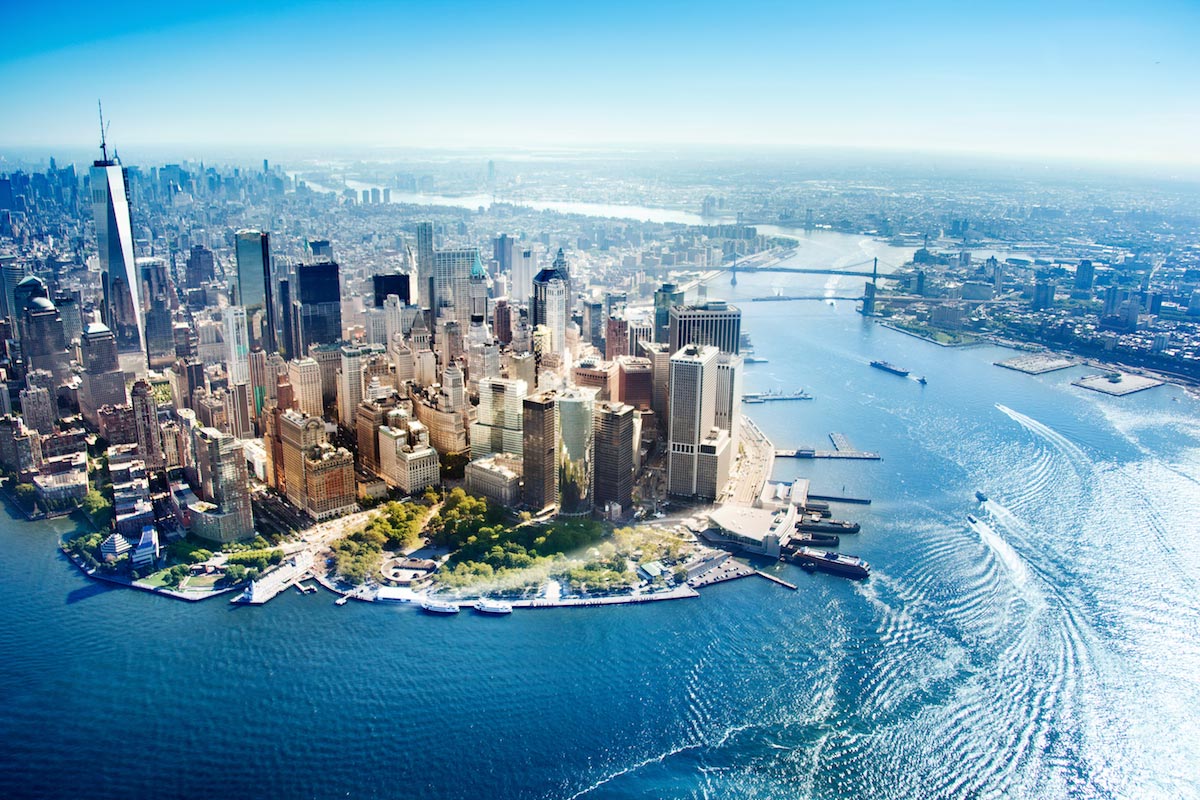
New York is now serving as a “warning” to the rest of the United States — and the rest of the world, for that matter — as it continues to get battered by the COVID-19 pandemic.
This development came after coronavirus cases in the state surged up to 92,381, thus surpassing the number of cases recorded in China’s Hubei province, where the virus was first reported in December of last year. New York Governor Andrew Cuomo made the grim announcement Tuesday.
“It’s more dangerous than we expected,” Cuomo said, admitting to having underestimated the effects of the virus, which has claimed over 7,000 people and infected 250,000 more, in the United States as of press time.
New York City accounts for more than half of all cases in New York state, with the city’s number of confirmed cases pegged at 51,809. As of press time, 13,282 people are hospitalized within the state, of which 3,396 are in the ICU.
This miscalculation has made the effects of SARS-COV-2 — as the virus is now officially known — on New York state all the more apparent: businesses, except those that are deemed essential, have been shuttered, schools have been asked to transfer classes to online classrooms, and people have been ordered to stay at home and venture out only to fulfill basic and essential tasks and utilities.
Some of its effects are far more stressful, however: senior healthcare workers are being coaxed out of retirement to help address and fill in the state’s lack of healthcare workers, and state health officials are being made to compete with and outbid other states just to get lifesaving medical devices and other equipment.
“We have been behind it from day one since it got here. We have been playing catch up,” Cuomo said when he announced the new cases, noting that the peak or apex of the pandemic still hasn’t hit the state. (Related: Cuomo: Coronavirus will hit New York like A BULLET TRAIN)
According to Cuomo, the range of available models suggested that New York state has around seven to 21 days to prepare for the worst part of the pandemic — and that time frame is now closing down.
In a bid to address the wave of infections from the pandemic’s upcoming peak, several measures are being put in place within the state such as the pooling of resources and the construction of new temporary hospitals, as well as the conversion of existing structures such as the Javits Convention Center in New York City, into emergency medical facilities.
Cuomo announced the latter through a statement released Thursday last week.
Cuomo, in his statement, said the state-owned Javits Center has been turned into a 2,500-bed emergency medical facility, which is set to be run by the US Army, noting that the building’s conversion was done so as to augment the capacity of the state’s hospital system.
According to Cuomo, the converted convention center will take in New York City’s COVID-positive cases.
“The original plan for Javits was that it be used to take non-COVID patients from hospitals to open up hospital beds. However, the number of COVID positive patients has increased so dramatically that it would be beneficial to the state if Javits could accept COVID positive patients. I asked President Trump this morning to consider the request and the urgency of the matter, and the President has just informed me that he granted New York’s request,” Cuomo said.
In addition to the Javits Convention Center, New York’s hospitals will also get support in the form of the Navy’s hospital ship USNS Comfort, which docked in New York this week. The ship, which has 1,000 beds and multiple operating rooms, will house non-COVID patients.
As part of his plan to address the upcoming surge in patients, Cuomo also said he will be implementing a state-wide burden-sharing plan for all hospitals, which is meant to distribute patients over the state’s entire web of medical systems in order to avoid overloading facilities with patients.
According to Cuomo, the plan is designed to work in the following manner: when one of New York City’s 11 public hospitals becomes “overrun,” patients will be transferred to another public hospital immediately. The same holds true for private hospitals.
“The distinction of private-public, that has to go out the window. We are one healthcare system,” Cuomo stated.
NY calls for volunteer health workers, puts up coronavirus “surge force”
As a way to fill in gaps in New York’s healthcare workforce, Cuomo has also called for volunteer health workers to form what he has dubbed as the state’s “surge force” in anticipation of the pandemic’s apex.
So far, 82,000 health workers have volunteered. According to the state’s health officials, among those who volunteered are recent retirees returning to work and health care professionals who can take a break from their regular jobs.
“Whatever it is that they need, I’m willing to do,” Jerry Kops, a licensed nurse on Long Island who works as a musician in the Blue Man Group, said in an interview with ABC News. “I keep thinking about my old coworkers and friends that are still in nursing. And to me, it’s like if they have to be there, I should be there too,” he said.
“If it means being at a testing site, cool. If it means being relief staff for RNs that are overworked right now in hospitals, cool,” Kops added.
NY health workers decry lack of supplies, protective equipment
Despite the influx of personnel, New York still faces another hurdle in its fight against the pandemic: a lack of medical supplies and personal protective equipment or PPE.
The state’s dwindling resources have even come to a point wherein healthcare workers are being told to keep their face masks — which are meant to be disposed of after use — for up to five days.
“In the last week, it has been day and night. Imagine when we get to the apex where we’ll be,” a resident from Brooklyn, who spoke on condition of anonymity, said in an interview with NBC.
“If they’re telling me to keep this mask for five days, do we really have enough PPE? Are they going to say next to keep it for 10 days?” the resident stated.
Arabia Mollette of Brookdale University Hospital and Medical Center in Brooklyn shared the same sentiment.
“We are scared. We’re trying to fight for everyone else’s life, but we also fight for our lives as well, because we’re also at the highest risk of exposure,” Mollette, a doctor, said in a Reuters interview.
As of present, the number of doctors, nurses and other healthcare workers who have been infected by the coronavirus in New York state is steadily rising. Two nurses have been confirmed to have died.
In addition to PPEs, New York City — the hardest-hit American city in terms of coronavirus infections — is also feeling the lack of equipment in its hospitals.
According to New York City Mayor Bill de Blasio, their city’s current stockpile of ventilators — a much-needed item in the treatment of those who are critically ill with the coronavirus — is only enough for six more days.
As per de Blasio, New York City will need an estimated 3,000 ventilators, as well as 3.3 million N95 masks, 2.1 million surgical masks, and 100,000 isolation gowns if it is to survive the surge in coronavirus cases in the coming days.
As of this writing, the number of COVID-19 infected patients around the world has reached 1,015,728, with 53,203 confirmed dead.
Sources include:
Tagged Under: China, cities, coronavirus, coronavirus tests, covid-19, Cuomo, deaths, disaster, economy, Flu, government, infections, New York, NYC, outbreak, pandemic, priority, Public Health, quarantine, social distancing, superbugs, transmission, virus, Wuhan coronavirus

